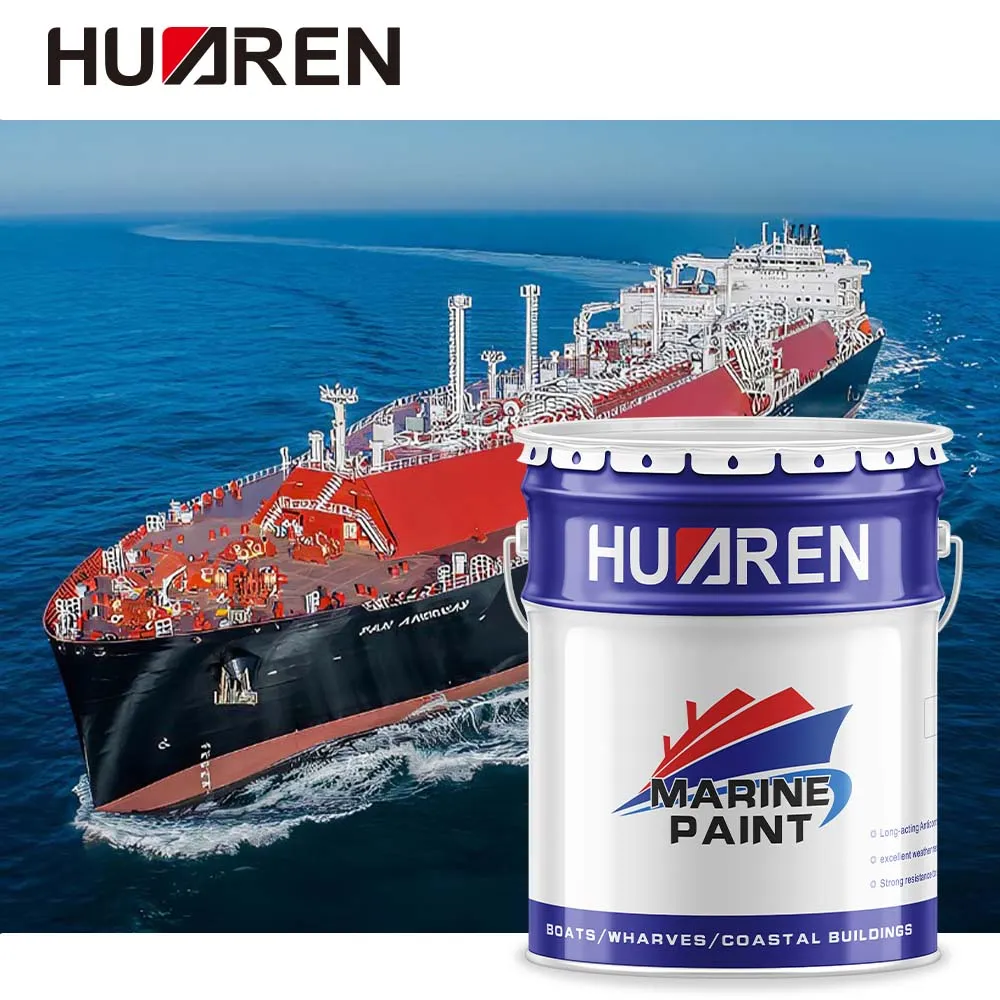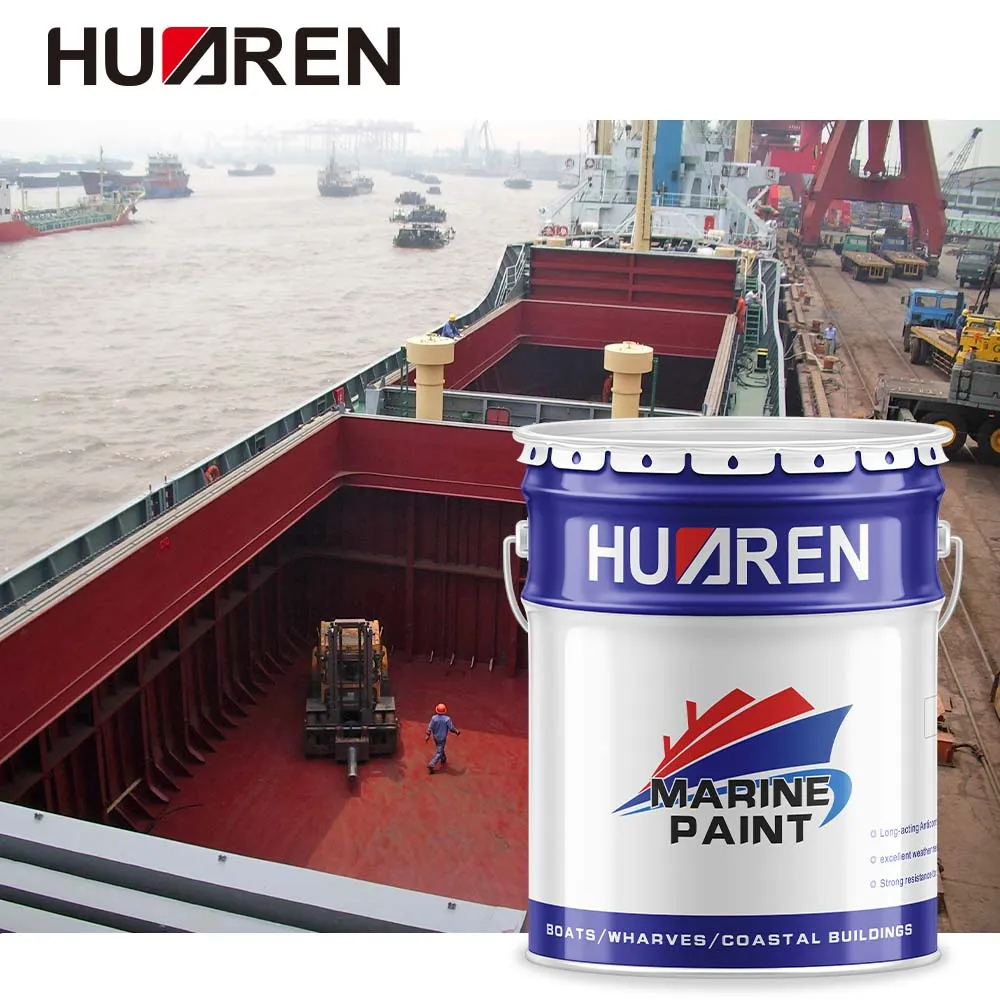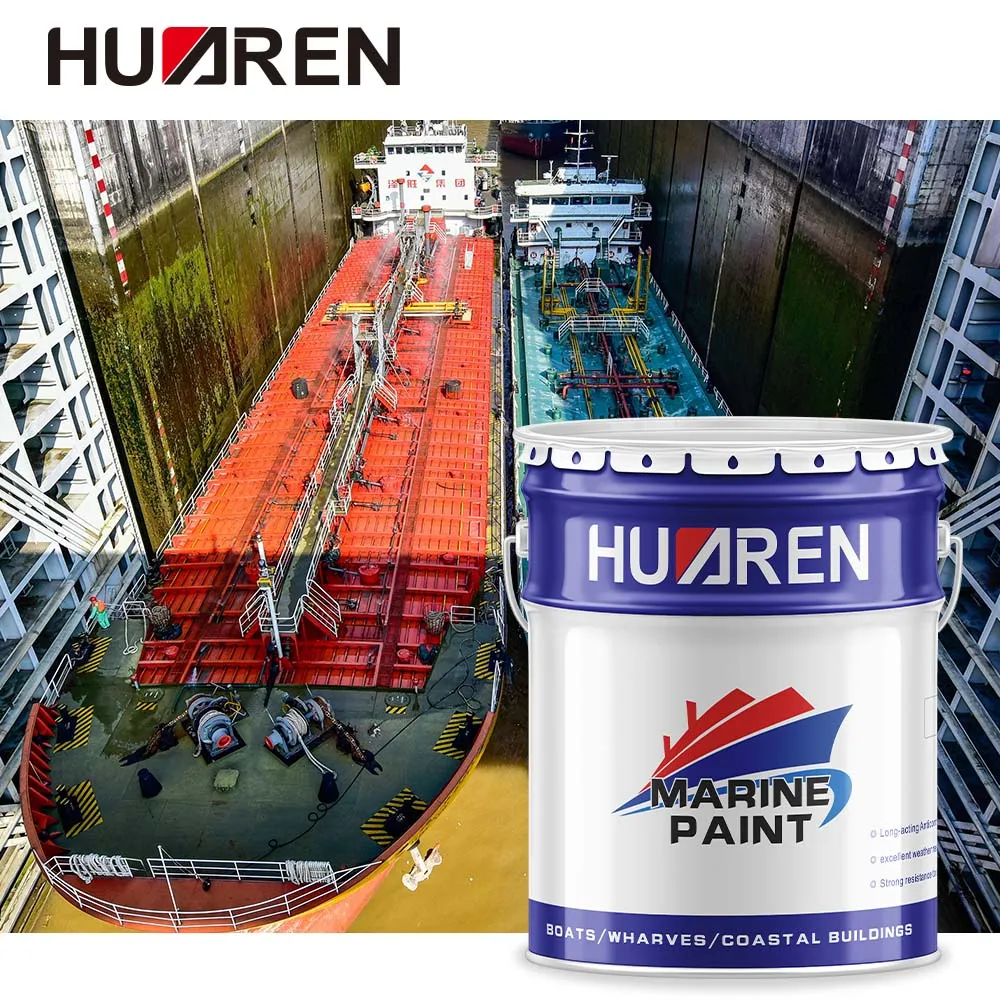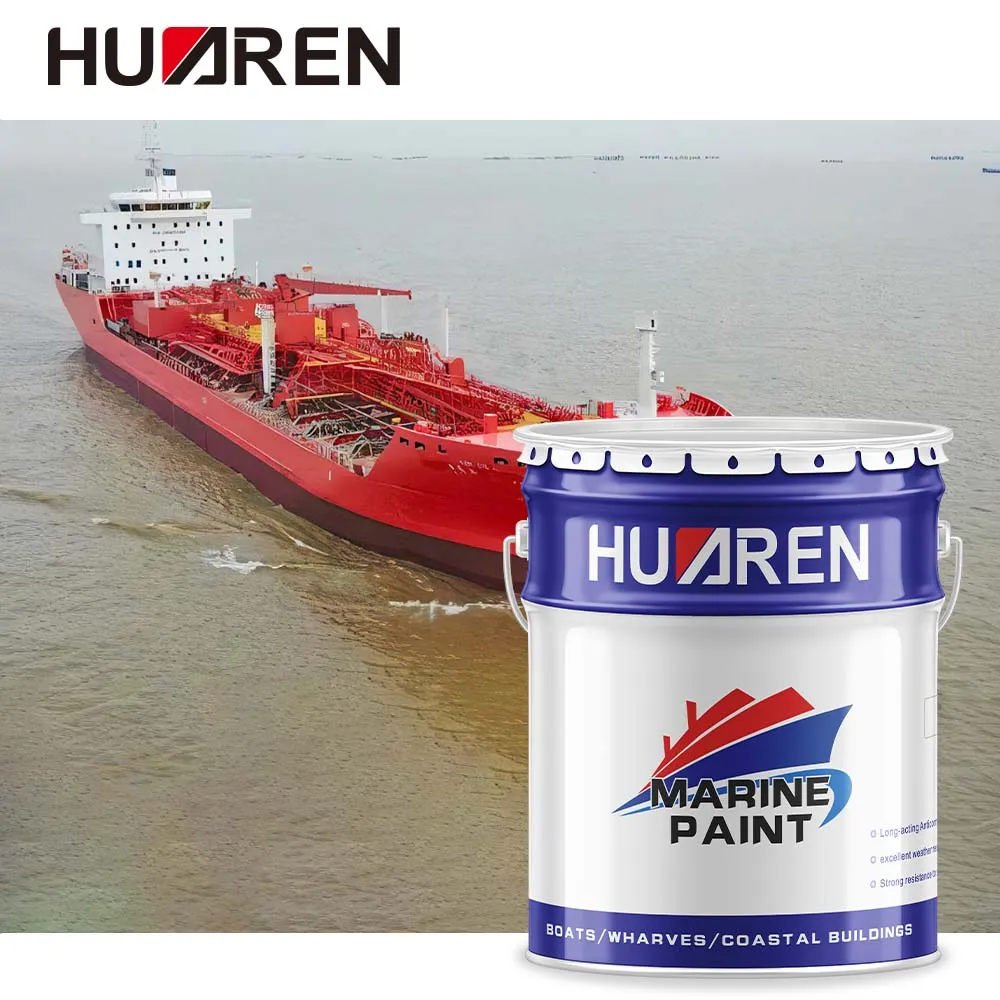
Marine coatings are an important tool to ensure the durability of ships and protect the hull from the external environment. Whether in the ocean, fresh water or coastal waters, ships need to withstand the invasion of various natural forces, especially the corrosion and biological adhesion problems under the water surface. This requires hull coatings to have multiple functions to achieve the best protection effect. In this context, anti-corrosion ship bottom paint and anti-fouling ship bottom paint, as common types of ship bottom paint, are often used for hull bottom coating construction.
So, can anti-corrosion ship bottom paint and anti-fouling ship bottom paint be used together? Are the two compatible? Can their combined use bring better protection? These issues are important issues in the field of marine coatings.
This article will discuss in depth from multiple angles such as the definition, functional characteristics, usage scenarios, and chemical properties of anti-corrosion ship bottom paint and anti-fouling ship bottom paint, analyze the possibility and actual effect of whether they can be used together, and provide relevant suggestions for ship owners based on actual conditions.
What is anti-corrosion ship bottom paint?
Anticorrosive ship bottom paint, also known as anti-corrosion primer, is a coating specially designed to prevent the underwater part of a ship from being corroded due to long-term immersion. Anticorrosive ship bottom paint mainly reacts with corrosive substances in seawater or fresh water through its chemical composition to form a protective layer that effectively prevents corrosion of the metal surface. Especially the bottom of the ship, which is often in a wet and salty environment, is prone to metal corrosion, so the use of anticorrosive primer is particularly important.
The main functions of anticorrosive ship bottom paint are:
● Corrosion resistance: Through special chemical reactions and physical barriers, the bottom metal of the ship is prevented from being corroded by salt, oxygen and other corrosive substances in the water.
● Strong adhesion: Anticorrosive primer can firmly adhere to the surface of the hull and maintain its protective effect even in an underwater environment for a long time.
● Durability: This type of primer can be used for a long time in harsh water environments and reduce the frequency of ship maintenance.
Common anticorrosive ship bottom paints include epoxy primers, zinc-rich primers, etc. These primers can usually form a strong protective film that effectively resists the erosion of water and salt.

What is antifouling bottom paint?
Antifouling bottom paint is a coating specially used to prevent marine organisms, algae, shellfish, etc. from attaching to the surface of the hull. The main function of this type of coating is to inhibit the attachment of underwater organisms through chemical composition or physical properties. The working principle of antifouling bottom paint is usually to slowly release toxic substances (such as metal ions such as copper and lead) or through a special coating structure, so that marine organisms cannot attach to the bottom surface of the ship.
The main functions of antifouling bottom paint are:
● Prevent biological attachment: By releasing substances that inhibit biological attachment, aquatic organisms such as snails, shellfish, algae, etc. are prevented from attaching to the bottom of the hull, and the formation of algae and shellfish breeding grounds is avoided.
● Increase ship speed and energy saving: Since biological attachment increases water resistance, the use of antifouling bottom paint can effectively reduce the formation of underwater attachments, maintain the streamline of the ship, reduce resistance, increase speed, and save fuel.
● Long-lasting protection: The continuous release of antifouling paint can provide long-term protection for ships and reduce the frequency of cleaning and repainting.
Common types of antifouling bottom paint include copper-containing antifouling paint, non-metallic antifouling paint, etc. Among them, copper-containing antifouling paint is widely used due to its strong antifouling effect.

The difference between anticorrosion bottom paint and antifouling bottom paint
Although anticorrosion bottom paint and antifouling bottom paint are both used for coating the bottom of ships, their main functions and working principles are different. Here are the main differences between these two types of paint:
| Features | Anti-corrosion ship bottom paint | Antifouling ship bottom paint |
| Main functions | Prevents rust and oxidation of the ship hull due to seawater or freshwater corrosion | Prevents marine organisms, algae, shellfish, etc. from attaching to the hull surface |
| Working principle | Prevents metal corrosion by forming a chemical barrier or physical film | Inhibits biological attachment by releasing toxic substances or structures |
| Applicable environment | Corrosive environment in seawater and freshwater | Mainly for marine and underwater biological attachment problems |
| Coating type | Epoxy primer, zinc-rich primer, etc. | Copper-containing antifouling paint, copper-free antifouling paint, etc. |
| Application method | Usually requires primer and topcoat to be used together | Generally applied directly to the hull surface, the antifouling effect is longer |
The core function of anticorrosion bottom paint is to form a physical protective layer, while the core function of antifouling bottom paint is to prevent biological attachment. Both can provide different protection for the hull, but the functional focus is different.
Can anticorrosion bottom paint and antifouling bottom paint be used together?
As common choices for hull coatings, whether anticorrosion bottom paint and antifouling bottom paint can be used at the same time is a common problem in the field of marine coatings. According to the working principle and composition characteristics of the coating, whether anticorrosion bottom paint and antifouling bottom paint can be used at the same time depends on multiple factors. Below we will analyze from the following aspects:
1. Compatibility of coatings
The main functions of anticorrosion ship bottom paint and antifouling ship bottom paint are different. One focuses on preventing metal corrosion and the other focuses on preventing biological attachment. In order to achieve the coordinated use of the two, it is first necessary to ensure their compatibility in chemical composition. Generally speaking, most anticorrosion primers and antifouling primers can be used compatibly, provided that the same brand or series of coatings are selected. Different brands and types of anticorrosion coatings and antifouling coatings may differ in chemical composition and formulation, so special attention should be paid to the compatibility of coatings when selecting.
2. Construction process
When using anticorrosion ship bottom paint and antifouling ship bottom paint, the construction process is very critical. Generally speaking, it is recommended to apply anticorrosion primer first, and then apply antifouling primer after the primer is dry. The benefits of doing this are:
● Anticorrosion primer can provide a solid protective layer for the metal surface to prevent corrosion;
● Antifouling primer can play an antifouling effect on the anticorrosion layer to prevent biological attachment.
● During the painting process, it is necessary to ensure that each layer of paint is completely dry to avoid blistering or peeling of the coating due to the coating not being completely dry.
3. Synergy of antifouling effect and anticorrosion effect
From the practical application point of view, the combination of anticorrosion primer and antifouling primer can play a synergistic effect. The protective layer provided by the anticorrosion primer ensures that the metal part of the hull is not invaded by moisture and corrosive substances, while the antifouling primer provides the bottom of the hull with anti-biological adhesion function. The combination of the two can enhance the service life of the ship and reduce the maintenance cost of the hull under different environmental conditions.
4. Choose the right type of paint
According to the actual use environment of the ship, the right type of paint can be selected for matching use. For example, on ships that often sail in seawater areas, the combination of copper-containing antifouling paint and epoxy anticorrosion primer is better. For those ships that are more docked in freshwater environments, the combination of non-copper antifouling paint and anticorrosion primer will be more environmentally friendly.
How to reasonably choose the combination of anti-corrosion ship bottom paint and anti-fouling ship bottom paint
For ship operators, the reasonable selection of the combination of anti-corrosion ship bottom paint and anti-fouling ship bottom paint is not only related to the durability of the ship, but also directly affects the maintenance cost and navigation efficiency of the ship. When choosing the combination of anti-corrosion and anti-fouling coatings, the following points need special attention:
Understand the use environment of the ship:
1. According to the water environment where the ship sails (such as seawater, fresh water, salt water, etc.), choose appropriate anti-corrosion and anti-fouling coatings.
2. Choose the right brand and type of coating: Make sure the selected coating is compatible, choose the same brand or the same series of coatings, and avoid using incompatible products.
3. Pay attention to the coating process: When painting, ensure the drying time of each layer of coating to avoid adverse reactions between coatings.
4. Reasonably control the coating thickness: Too thick a coating may cause problems with the coating film, and controlling the thickness of the coating is crucial to ensure the effect.

Huaren Chemical Industry Co., Ltd. is a professional factory specializing in the production of industrial coatings and resins. Established in 1994, our company has built a strong reputation as a reliable supplier in China. Our extensive product line includes chlorinated rubber coatings, phenolic paints, waterborne industrial paints, and heavy-duty anti-corrosion solutions. Designed for industries like petrochemicals, construction, and shipbuilding, our products are known for their quality and affordability. Buyers can access wholesale pricing, promotional offers, and tailored solutions for their projects. Partner with Huaren Chemical today and enjoy superior products at competitive prices. Contact us for more information!

